Sponsor: AFOSR
Investigators: PI: Tom Daniel (UW); Institute Leads: Sean Humbert (CU); Sarah Bergbreiter (CMU); Pamela Abshire (UMD); Cindy Moss (JHU); Mark Willis (CWRU)
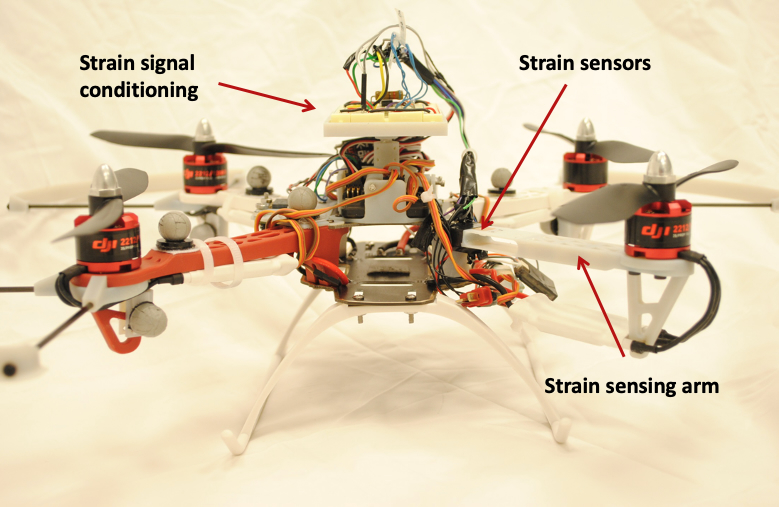
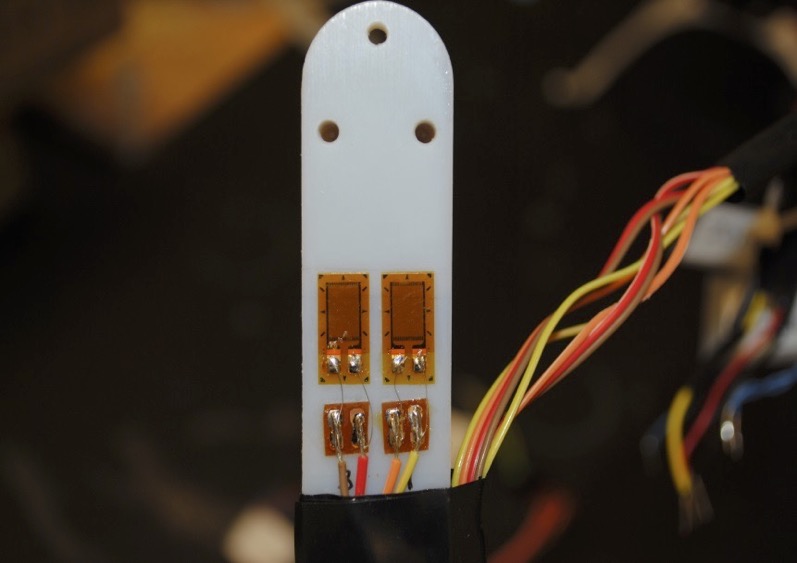
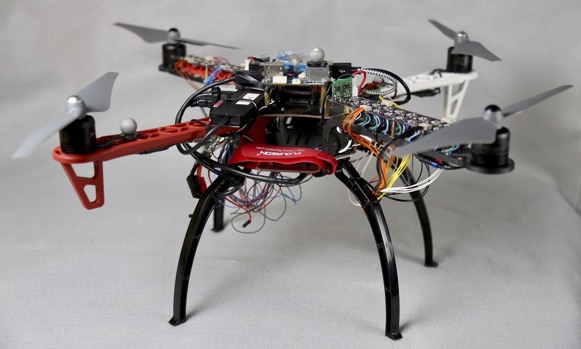
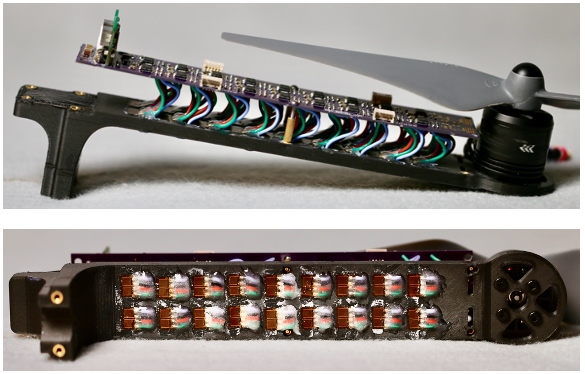
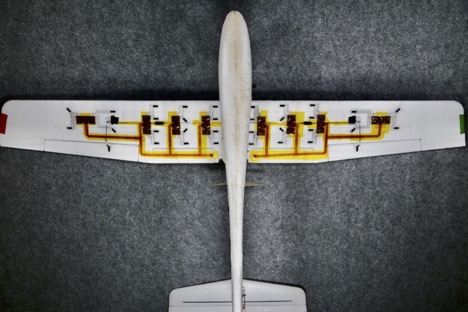
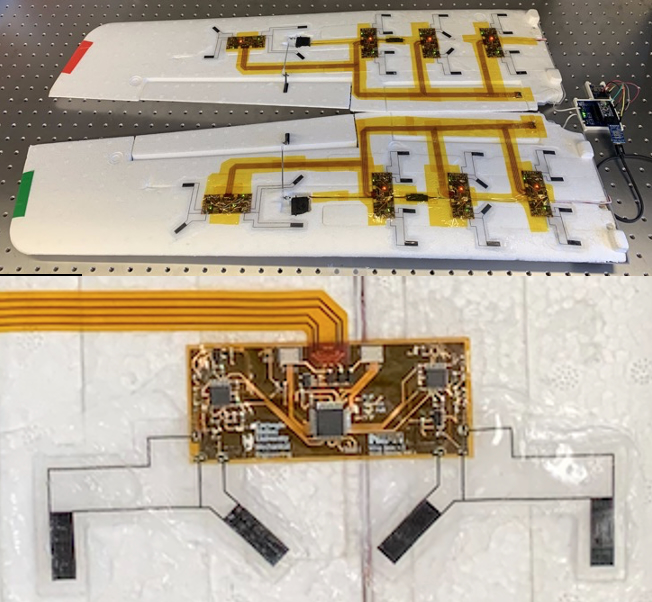
The Air Force Center of Excellence on Nature-Inspired Flight Technologies and Ideas (NIFTI) focuses on revealing principles of design and architecture in natural systems in order to inspire the next generation of autonomous systems capable of flight in complex environments. NIFTI’s multi-institute team of researchers brings expertise in engineering, neuroscience, animal behavior, and computational approaches to collectively “reverse engineer” the processes by which natural systems accomplish challenging flight-related behaviors. NIFTI Projects being performed at CU include: Mechanosensory Feedback for Improved Disturbance and Gust Rejection; Control Theoretic Framework for Sensory-Rich Feedback Architectures; Echolocation and Visual Motion for Robust Environment Perception
Publications
- Beuken LG, Shin HS, Bergbreiter S, Humbert JS, “Decoding Dynamic State Properties from Distributed Strain Sensing on sUAS,” AIAA Scitech, Orlando, FL, 2024, DOI: 10.2514/6.2024-0962.
- Thompson R, Mackin P, Letsinger A, and Humbert JS. “Reflexive Actuation Technology for Robust Autonomous Flight Control,” Journal of DoD Research and Engineering, Vol. 7, No. 3, 2024.
- Shin HS, Ott Z, Beuken LG, Ranganathan BN, Humbert JS and Bergbreiter S, “Bio-Inspired Large-Area Soft Sensing Skins to Measure UAV Wing Deformation in Flight,” Advanced Functional Materials, Vol. 31, No. 23, 2021. DOI: 10.1002/adfm.202100679.
- Castano LM, Gremillion GM, Winklemann AE and Humbert JS, “Disturbance Rejection for an Unmanned Rotary Aircraft System Using Strain Sensing,” AIAA J. of Guidance, Control and Dynamics, Vol. 42, No. 12, pp. 2638-2649, 2019, DOI: 10.2514/1.G004104.
- Ranquist EA, Humbert JS and Argrow B, “Distributed Acceleration Sensing for Small UAS Wind Gust Estimation,” 99th Annual American Meteorological Society Meeting, Phoeniz, AZ, January 2019.
- Dean WA, Ranganathan BN, Penskiy I, Bergbreiter S and Humbert JS, “Robust Gust Rejection on a Micro-Air Vehicle Using Bio-Inspired Sensing,” in Mechatronics and Robotics Engineering for Advanced and Intelligent Manufacturing, Springer Verlag, 2018, ISBN: 978-3319335803.
- Faruque IA, Muijres FT, Macfarlane K, Kehlenbeck A, Humbert JS, “Identification of Optimal Feedback Control Rules from Micro-Quadrotor and Insect Flight Trajectories,” Biological Cybernetics, Vol. 112, No. 3, pp. 165-179, 2018. DOI: 10.1007/s00422-017-0742-x.
- Maio A, Ranganathan B, Gremillion G, Nothwang W and Humbert JS, “Acceleration Feedback Control for Fixed-Wing sUAS,” IEEE Aerospace Conference, Big Sky, Montana, Mar 2018. DOI: 10.1109/AERO.2018.8396639.
- Shin HS, Castano, LM, Humbert JS and Bergbreiter, S, “Sensing Skin for Detecting Wing Deformation with Embedded Soft Strain Sensors,” IEEE Sensors Conference, Orlando, FL, Oct 2016.
- Dean W, Ranganathan BN, Penskiy I, Bergbreiter S and Humbert JS, “Robust Gust Rejection on a Micro Air Vehicle Using Bioinspired Sensing”, International Conference on Mechatronics and Robotics Engineering, Nice, France, Feb 2016.
- Ranganathan BN, Penskiy I, Dean W, Bergbreiter S and Humbert JS, “Bio-inspired Wind Frame State Sensing and Estimation for MAV Applications”, IEEE/RSJ International Conference on Intelligent Robots and Systems (IROS), Hamburg, Germany, Oct 2015.
- Gremillion G and Humbert JS, “Bio-Inspired Sensing and Control for Disturbance Rejection and Stabilization,” SPIE Defense, Security, and Sensing Conference Proceedings, Baltimore, MD, April 2015. Invited Paper
- Ashkanazy JR and Humbert JS, “Bio-Inspired Absolute Heading Sensing Based on Atmospheric Scattering,” AIAA Guidance, Navigation, and Control at SciTech 2015, Kissimmee, FL, Jan 5-9, 2015. Best paper in session
- Gremillion G, Castano L and Humbert JS, “Disturbance Rejection with Distributed Acceleration and Strain Sensing,” AIAA Guidance, Navigation, and Control at SciTech, Kissimmee, FL, Jan 5-9, 2015.
- Keshavan J and Humbert JS, “MAV Stability Augmentation Using Outputs from Hair Sensor Arrays,” American Control Conference, Baltimore, MD, 2010. Winner of best paper in session award.
